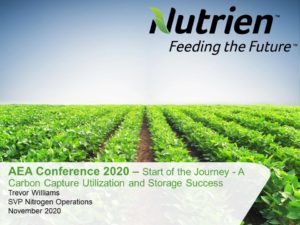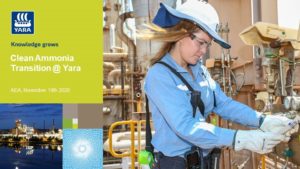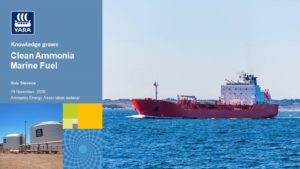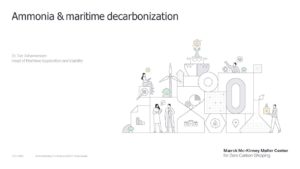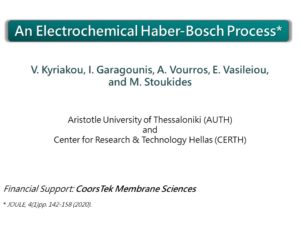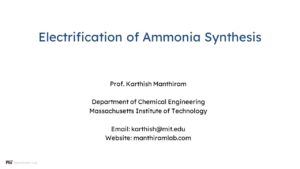Presentation
Start of the Journey - A Carbon Capture Success Story
Carbon Capture, Utilization and Storage (CCUS) has proven to be an important and effective step in helping organizations achieve their global climate change goals. This presentation will provide an overview of a strategic success story, highlighting the importance of partnering with key stakeholders, taking a concept and turning it into an operational reality.
